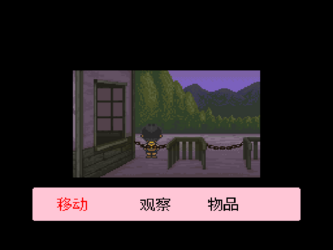
Famicom Bunko: Hajimari no Mori
Famicom Bunko: Hajimari no Mori is a text-based adventure game released by Nintendo in 1999 late in the Super Famicom's life.
Game Details:
"Famicom Bunko: Hajimari no Mori" (ファミコン文庫 はじまりの森) is a text adventure game that blends fantasy and reality. The story follows a young boy who visits his grandmother's house in the countryside during summer vacation, accidentally enters a forest full of mystery, and embarks on a journey to find "memories" and "origins." The gameplay mainly involves progressing the story through dialogue options, combined with hand-drawn images and simple music, creating a unique narrative atmosphere.
The game has no combat system and no traditional failure mechanics, making it more like a "playable" novel. Its content is profound, reflecting multiple themes such as the growth of young people, rural customs, and the relationship between humans and nature. Due to the platform gradually withdrawing from the mainstream market at the time, this game was not widely spread, but it has become a masterpiece in the hearts of many Japanese AVG fans.
Editor's Recommendation:
"Famicom Bunko: Hajimari no Mori" is the kind of work that appears exceptionally quiet and pure in the noisy gaming world. It has no intense battles and no complicated systems, but in a summer vacation-like, brief yet lingering time, it leads players to shuttle between reality and fantasy, and feel the beauty of first encounters and growth in life. For players who like reading and immersive stories, this work is undoubtedly a gentle treasure of the SFC era.
If you miss the past Japanese text adventure games, or yearn for a journey without the pressure of fighting monsters and leveling up, just quietly experience the story, "Famicom Bunko: Hajimari no Mori" is definitely worth a try.
Game Guide:
I. Basic Gameplay Introduction
This game adopts a text adventure mode that combines linear narrative and branching options. Players gradually uncover the truth of the "mystery of origin" in the forest through conversations with villagers, mysterious girls, and forest creatures.
II. Main Branch Node Tips
The choice when you first enter the forest will affect whether you can meet the "girl" character. It is recommended to try different options multiple times.
Talking to the "Tanuki" can trigger a hidden story, which requires visiting the depths of the forest on a specific date.
The completion of tasks from certain villagers (such as the old carpenter and the postman) will affect the final ending dialogue content.
III. Hidden Elements and Ending Classifications
The game has 3 endings:
- Normal Ending: The mystery of the forest is not completely solved, and the story ends with the protagonist leaving the countryside.
- True Ending: Find the "Stone of Origin" and achieve farewell with the girl, which requires completing all villager side quests.
- Memory Ending: Some memories are restored, but the mysterious space is not fully opened.
It is recommended to use save point branches to save, try to explore forest areas at different time nodes, and trigger all plots.
Adventure Related Retro Games
More
Pokémon Red
Game Boy Advance
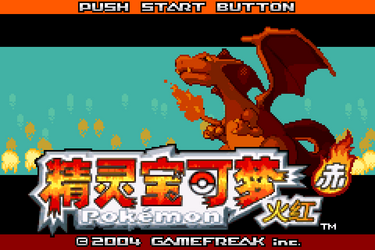
Pokémon FireRed
Game Boy Advance
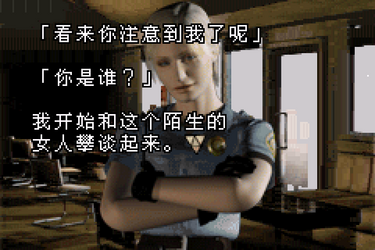
Silent Hill
Game Boy Advance

Pokémon Diamond
Gameboy | Color
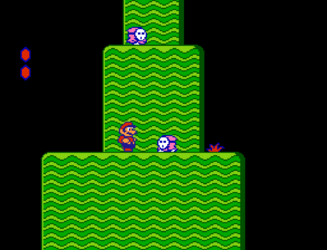
Super Mario Bros. 2
NES / Famicom
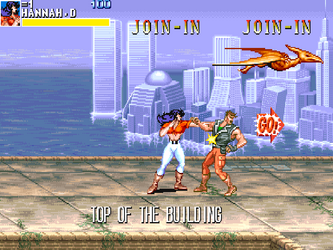
Cadillacs and Dinosaurs
Arcade
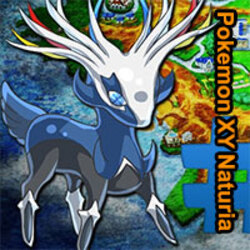
Pokémon: XY Natural
Gameboy | Color

Sonic Classic Heroes
Sega Mega Drive
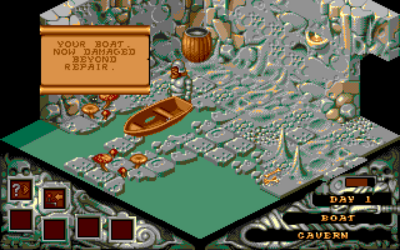
Cadaver
MS-DOS
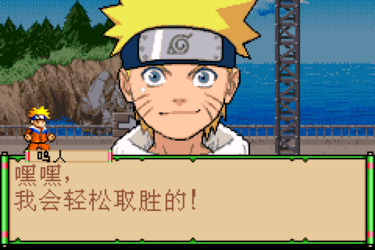
Naruto: Ninja Council
Game Boy Advance

Pokémon Blue
Game Boy Advance
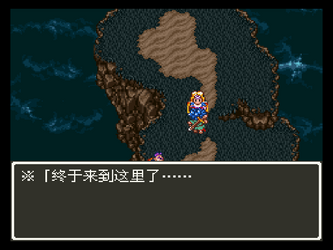
Dragon Quest VI
SNES
Puzzle Related Retro Games
More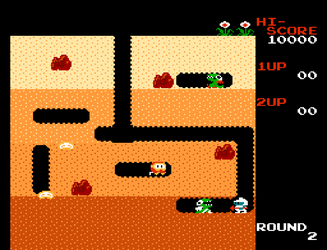
Dig Dug
NES / Famicom
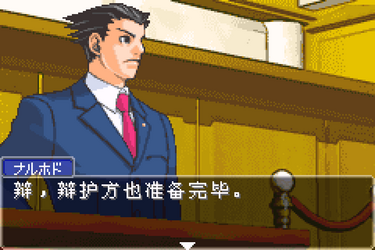
Gyakuten Saiban
Game Boy Advance
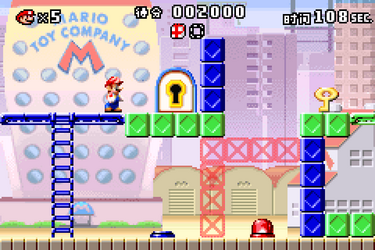
Mario vs. Donkey Kong
Game Boy Advance

Cadaver
MS-DOS

Dragon Quest VI
SNES
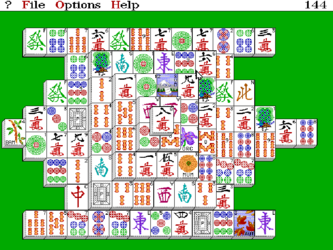
Shanghai: Mahjong Solitaire
MS-DOS
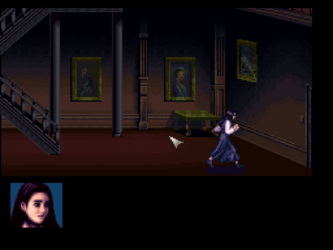
Clock Tower
SNES

LEGO Star Wars: The Video Game
Game Boy Advance
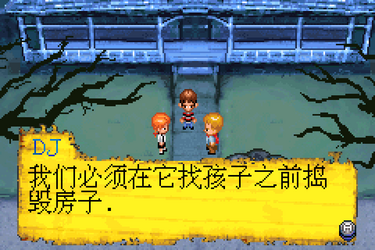
Monster House
Game Boy Advance
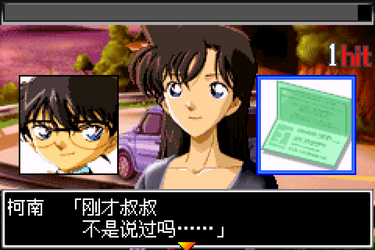
Meitantei Conan: Akatsuki no Monument
Game Boy Advance
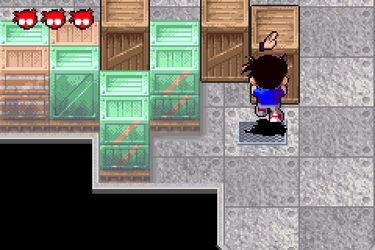
Meitantei Conan: Nerawareta Tantei
Game Boy Advance
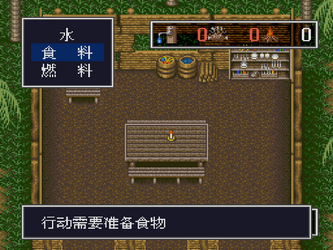
Mujintou Monogatari
SNES
Visual Novel Related Retro Games
More
Gyakuten Saiban
Game Boy Advance
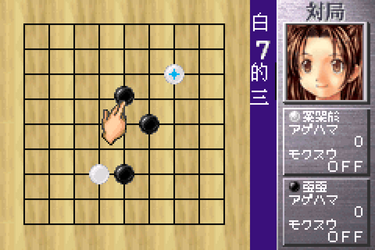
Hikaru no Go
Game Boy Advance
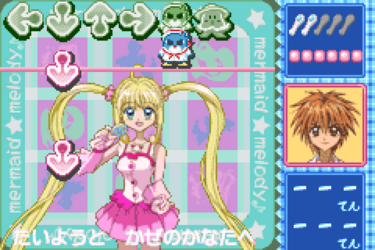
Mermaid Melody: Pichi Pichi Pitch
Game Boy Advance

Meitantei Conan: Akatsuki no Monument
Game Boy Advance
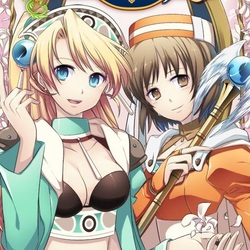
Alchemist Marie & Elie: Futari no Atelier
Wanderswan | Color

Meitantei Conan: Nerawareta Tantei
Game Boy Advance
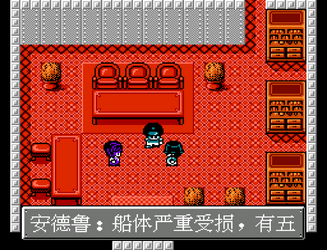
Titanic
NES / Famicom
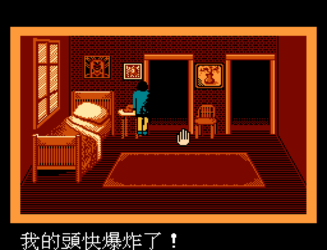
Dark Seed
NES / Famicom
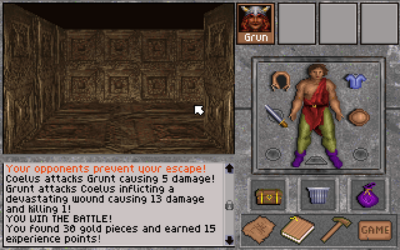
Shadow of Yserbius
MS-DOS
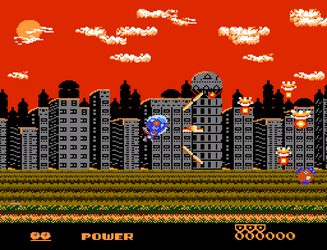
Future Boy
NES / Famicom
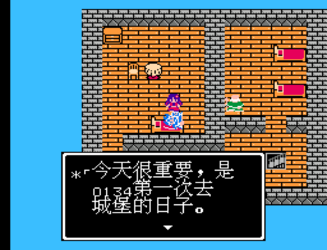
Dragon Quest IV
NES / Famicom
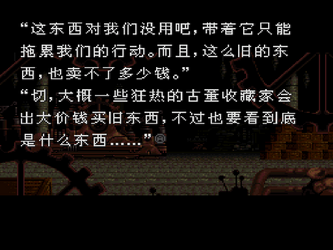
Radical Dreamer
SNES